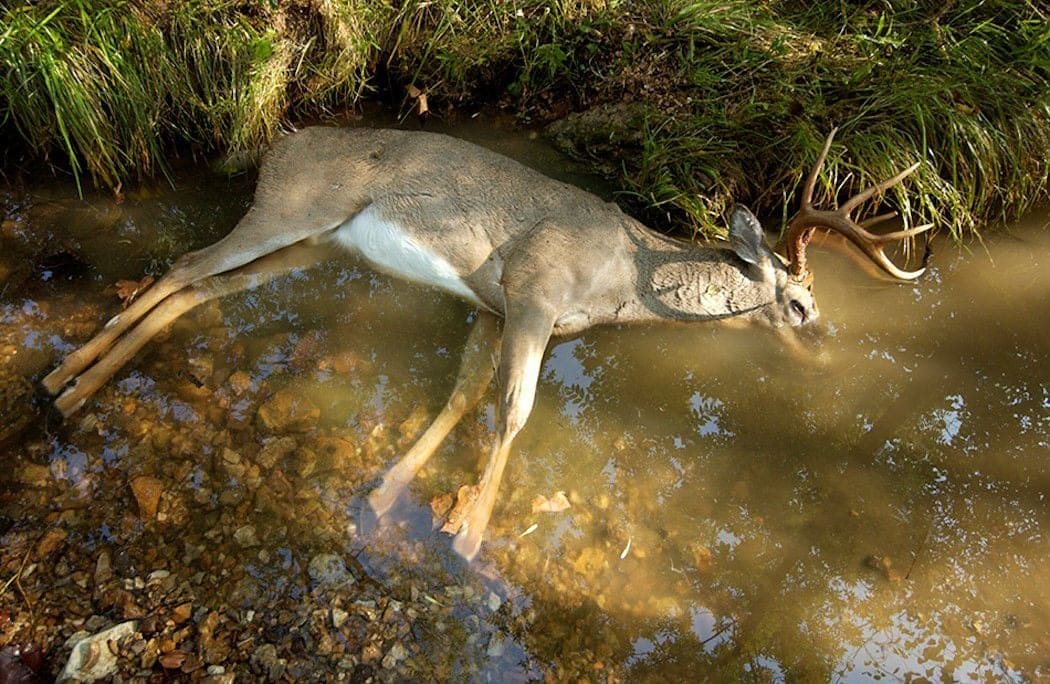About Epizootic Haemorrhagic Disease (EHD):
- It is an insect-born disease caused by a virus and affecting wild and domestic ruminant species.
- It has become an emerging disease in cattle, and was added to the World Organisation of Animal Health list of notifiable diseases in May 2008.
- It is a disease of animals, not humans, so there are no human or public health issues.
- The causative agent, epizootic hemorrhagic disease virus (EHDV), belongs to the Orbivirus genus.
- Transmission: EHDV is transmitted between ruminant hosts by Culicoides midges, tiny biting flies commonly known as “no-see-ums” or gnats that are smaller than mosquitoes and other flies.
- Clinical signs: Fever, weakness, lack of appetite, more saliva than usual, difficulty swallowing, skin rash on the udder, bleeding (skin and internal tissues), swollen red skin near hooves, swollen lining of the mouth, mouth ulcers, difficulty breathing and sudden death (particularly in deer).
- Treatment: There is no treatment for HD in wildlife populations, and no commercially available vaccine to protect against EHD.
Q1) What is a Virus?
Viruses are microscopic organisms that can infect hosts, like humans, plants or animals. They’re a small piece of genetic information (DNA or RNA) inside of a protective shell (capsid). Some viruses also have an envelope. Viruses can’t reproduce without a host. Some common diseases caused by viruses include the flu, the common cold and COVID-19.
Source: Epizootic haemorrhagic disease: UK ‘closely monitoring’ spread of fatal cow disease in Europe
Last updated on July, 2025
→ UPSC Notification 2025 was released on 22nd January 2025.
→ UPSC Prelims Result 2025 is out now for the CSE held on 25 May 2025.
→ UPSC Prelims Question Paper 2025 and Unofficial Prelims Answer Key 2025 are available now.
→ UPSC Calendar 2026 is released on 15th May, 2025.
→ The UPSC Vacancy 2025 were released 1129, out of which 979 were for UPSC CSE and remaining 150 are for UPSC IFoS.
→ UPSC Mains 2025 will be conducted on 22nd August 2025.
→ UPSC Prelims 2026 will be conducted on 24th May, 2026 & UPSC Mains 2026 will be conducted on 21st August 2026.
→ The UPSC Selection Process is of 3 stages-Prelims, Mains and Interview.
→ UPSC Result 2024 is released with latest UPSC Marksheet 2024. Check Now!
→ UPSC Toppers List 2024 is released now. Shakti Dubey is UPSC AIR 1 2024 Topper.
→ Also check Best IAS Coaching in Delhi















